In the course of scouting around for magic tables over the past few years, I got to meet not only dealers and sellers of antique Filipino furniture, but also other proud magic table owners. A Bulacan collector, who buys antique pieces regularly but also sells some of them when he feels like it, owns this four-segment narra set with turned legs and with ubiquitous-in-Bulacan bone inlay.
A family friend, also in Bulacan, embarked upon his own Magic Table Quest a couple of years ago. He eventually acquired this slightly undersized (each segment just 22.5 inches by 45 inches) five-segment set with turned legs and a beaded design around the perimeter, from the aforementioned Bulacan collector (we’re a small tight community of Bulakenyo magic table addicts, it seems):
A prolific young collector, certifiably obsessive-compulsive as well, located a six-segment magic table set in a Manila antique dealership a few years ago. Unfortunately, its size made it difficult for me to take a good photo of the whole thing when I visited his home a few years ago, and all I could manage was this shot:
Fortunately, it shows clearly that this set’s end-segments come in that rare elliptical (or “tapered-corner-rectangular”) shape, unlike the far more common (as we’ve already seen) semicircular and rectangular end-segment profiles. Which means that we’ve counted four different shapes for magic table end-segments: elliptical, semicircular, rectangular, and, er, chamfered-corner (?), as we saw in that vintage photo in the first part of this article:
My magic table quest has brought me to the unlikeliest places, or so I thought. In a posh part of the city, I was led to a high-rise condominium, where an old widow who had married into a prominent Bulacan family (Hmmm…plenty of Bulacan connections indeed, huh?) possessed this:
Those magic table chairs, though original, are often considered unstylish by some, because their backs are too simple and spartan.
For semicircular-ended magic table sets, perhaps a round or roundish-motifed chair will do:
Another dealer offered me this Art Nouveau-looking chair, originally part of a magic table set from another town in Bulacan. (Yes, there we go again.)
Interesting-looking enough, but the magic table set that it is alleged to have come from seemed to be of a totally different aesthetic, perhaps more Art Deco:
After refurbishing by our expert restorer (who, based on close examination of the physical evidence, concluded that the original set must have had more than just four segments, and was therefore kilometrically long), this table wound up in a large meeting room next to my office.
My magic table hunts have turned up fewer actual magic table sets, and more magic table segments. There are simply so many “orphaned” segments around, waiting to be reunited with their siblings. Here are just a few of them:
Who got tired of waiting for its partner to ever show up, so he quickly sold it. Unfortunately, a few days later, another dealer offers the collector its unmistakable twin:
And then there is this unusual mini-colonnaded balayong-and-kamagong semicircular table, allegedly one of the end-segments of a magic table set.
I’m a bit doubtful, as I think that it is “merely” a console table, but it has a very interesting appearance. The dealer tells me that he can reconstruct its twin for me. I tell him that if he does, I would be quite keen, but it’s been a few years now, and I still haven’t received any calls, and when I was last there, this orphaned piece was still there, standing alone. I have infinite patience though, so we’ll see.
And then we have the magic tables that don’t quite follow the rule that all the segments ought to have four legs and be therefore useful as independent tables. In this sense, they are similar to Western-style extending tables, where only the end-segments have legs (and usually just two legs rather than four), and where the middle segments are just tabletops (often called “leaves”) that have to be supported on long narrow beams suspended from the end-segments. Here are a couple of 19th century American examples:
Or so I said at that time. For just a few months later, I was made aware of this positively ancient magic table set for sale in an old house in Batangas, via photographs sent to me by our by-now-expert-magic-table-restorer:
It was actually composed of your usual semicircular end-segments, one single regular-sized middle segment with four legs as usual, and two long legless leaves, only one of which is seen in the above photographs. It was massive, very solid in appearance, and definitely one of a kind.
It went straight to our antique furniture restorer’s workshop in another Batangas town, from where I was provided with meticulous documentation and photographs during its lengthy restoration process:
And here we clearly have the penance that I, a confessed magic table addict, rightfully deserve. To live out the rest of my days crowded out by these beautiful beasts in increasingly cramped living and working spaces.
In reparation for this, my grievous sin of addiction, I promise not to acquire any more magic tables again.
Not! Now on to finding Magic Table Number Eight….
johnada wrote on Jun 4, '07, edited on Jun 4, '07
To magic table addict,
As a social phenomenon or widespread activity, would you say that antique collecting is a post-WWII occurrence in our country? I cannot recall being told of a collector in my area or collecting as an addiction for people in the first half of the previous century . The known collectors in my place are too young to be at it for more than 20 yrs. Collecting is infectious as I have been thinking about it lately. It's nice that you have a focused agenda on acquiring furniture pieces. I am looking around Cebu first, I have a nightmare of how to ship from the neighboring islands. Does your agent arrange the transporting from Batangas for your table? If things go well, I might acquire an entire house's contents from a distant relative. I once approached a household about buying an item and it was not a pleasant experience. I was too embarrassed to persist and they were baffled of me. Now I regret ignoring pieces that have been offered to my antique-phobia self; I recall a massive one piece table top that was so black, shiny, marble-like that no grain can be seen. I was afraid it would pull our ancestral house down. Years before Romulo Galicano won the portrait contest and command million prices (he is from Carcar), I ignored his sister's offer to get me a painting of his. I want to kill myself now. I visit his mother and for the life of me I did not like what was hanging in her house. I preferred the work of his cousin. His mother did say that she put his early paintings in some boxes when the house was rebuilt. She is taking her time unearthing them. I wanted then and there to get them out since the house is next to a river that is prone to flooding, it would be another loss to our town. |
rally65 wrote on Jun 4, '07
John -- I believe that there have always been antique collectors in the Philippines, even as far back as the 19th century and maybe earlier. There is an article on this phenomenon in the relatively recent book about collecting, collectors, and collections, edited by Jaime Laya. (I can't remember its full title, but it's readily available in many Manila bookstores.)
Transporting the pieces is not usually a problem -- a number of agents and dealers are on hand to do this for me, for a reasonable fee. Well, good luck to you and your collecting pursuits -- keep us posted! |
johnada wrote on Jun 4, '07
Leo, I was thinking more of collecting as a widespread, nationwide base trickling down to the provinces. The unloading and stealing since the 1970s to meet the demand. I guess collecting is more egalitarian now or there is more money floating around allowing people to collect (an economic indicator?)
|
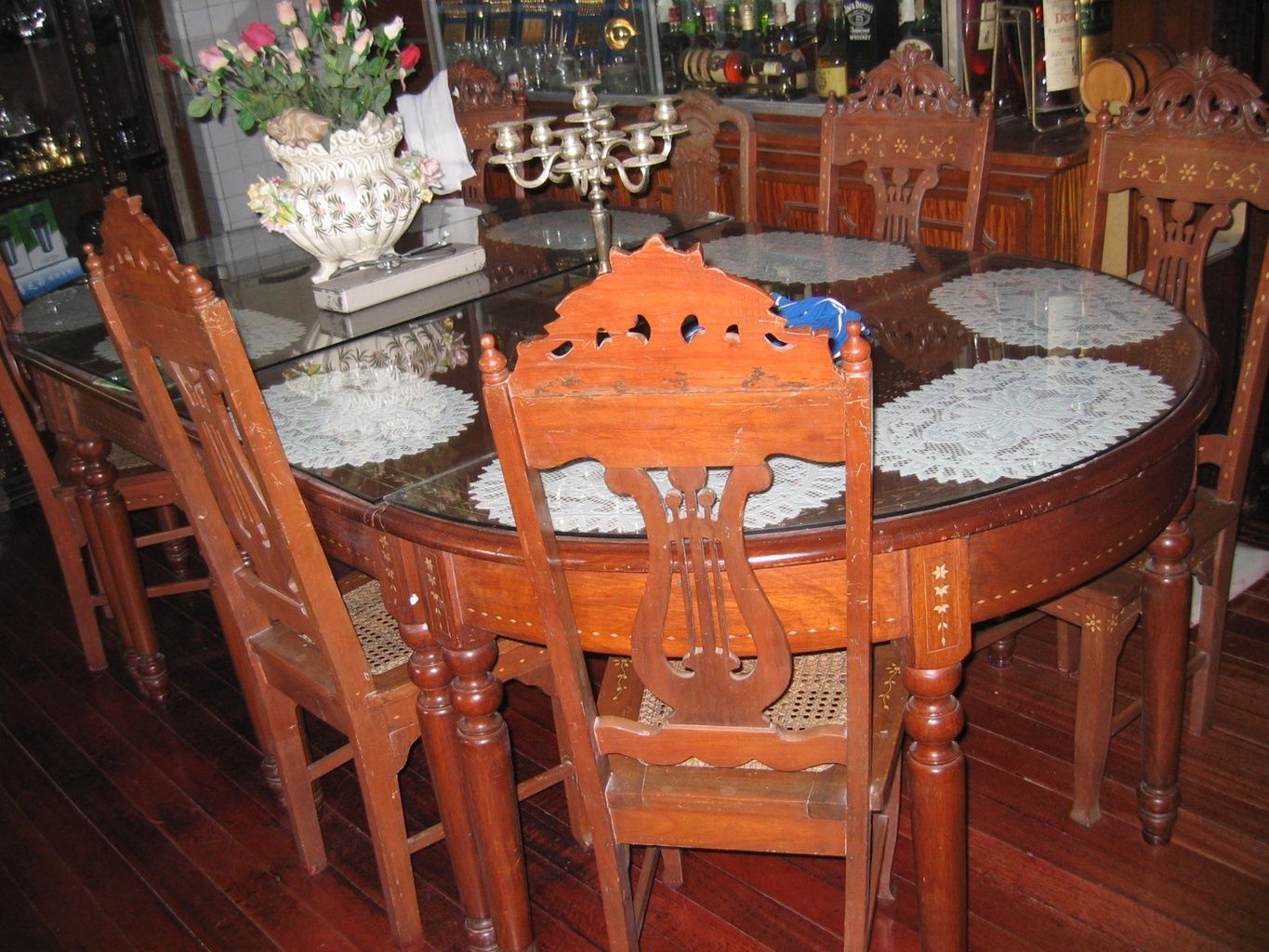
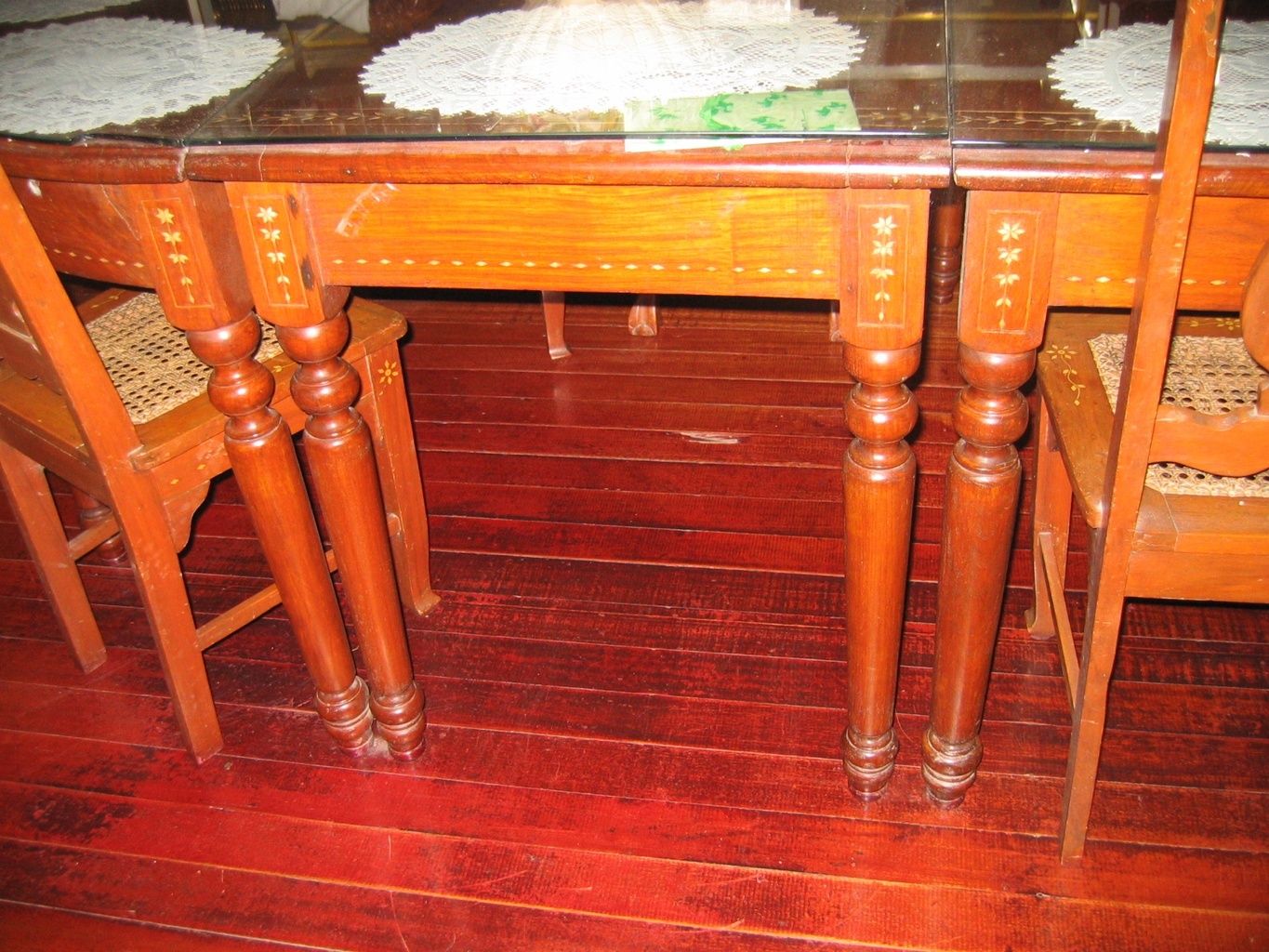


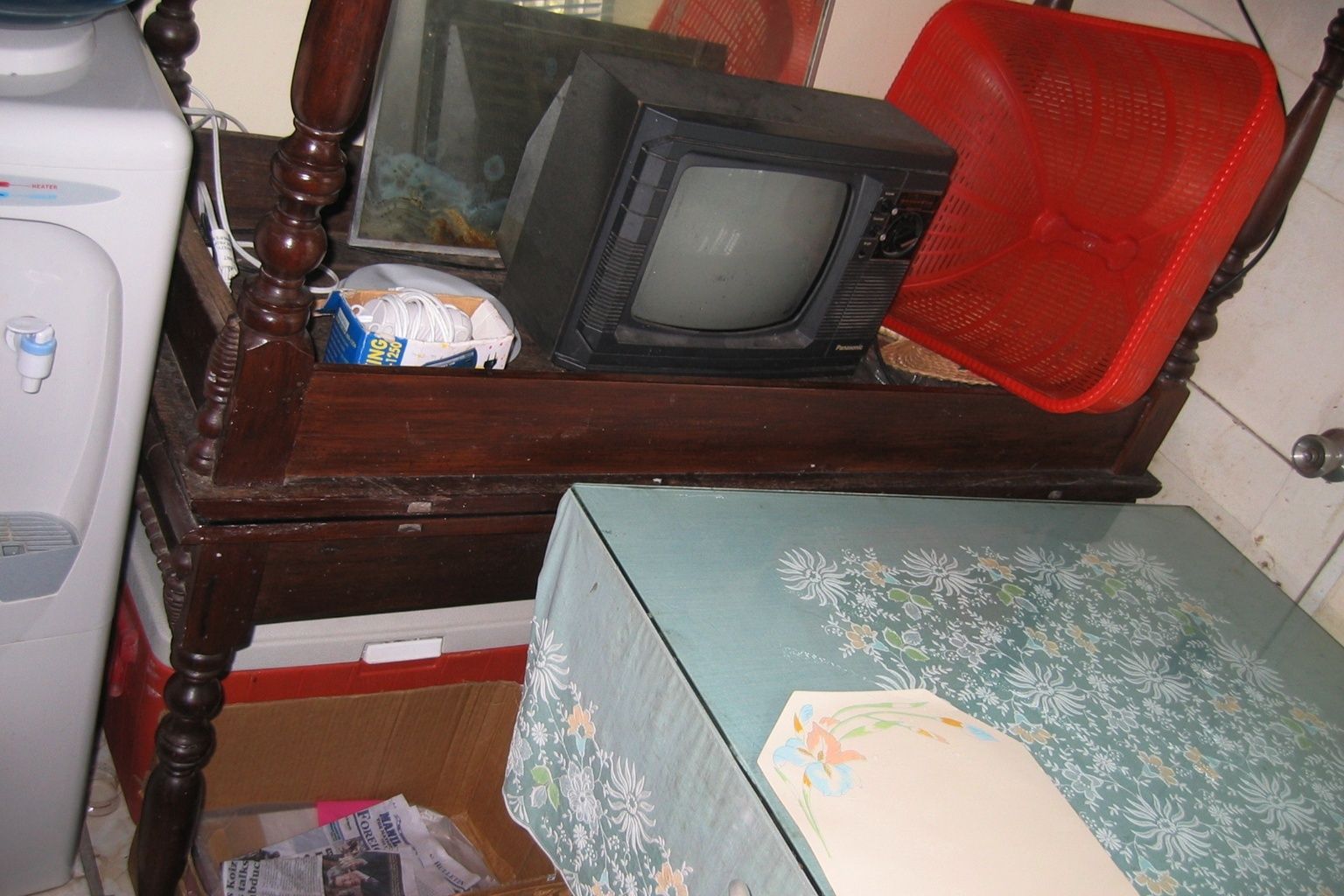
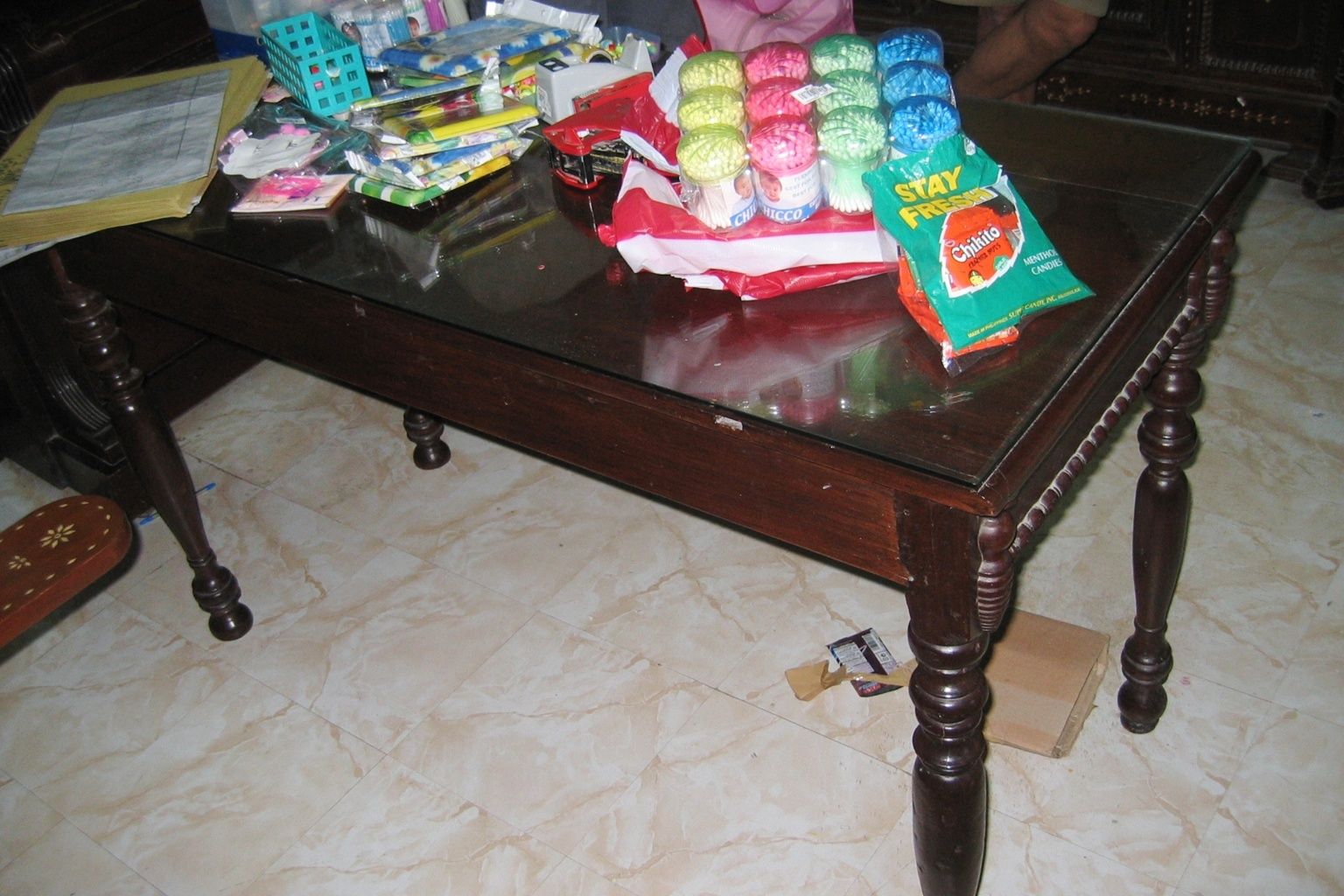













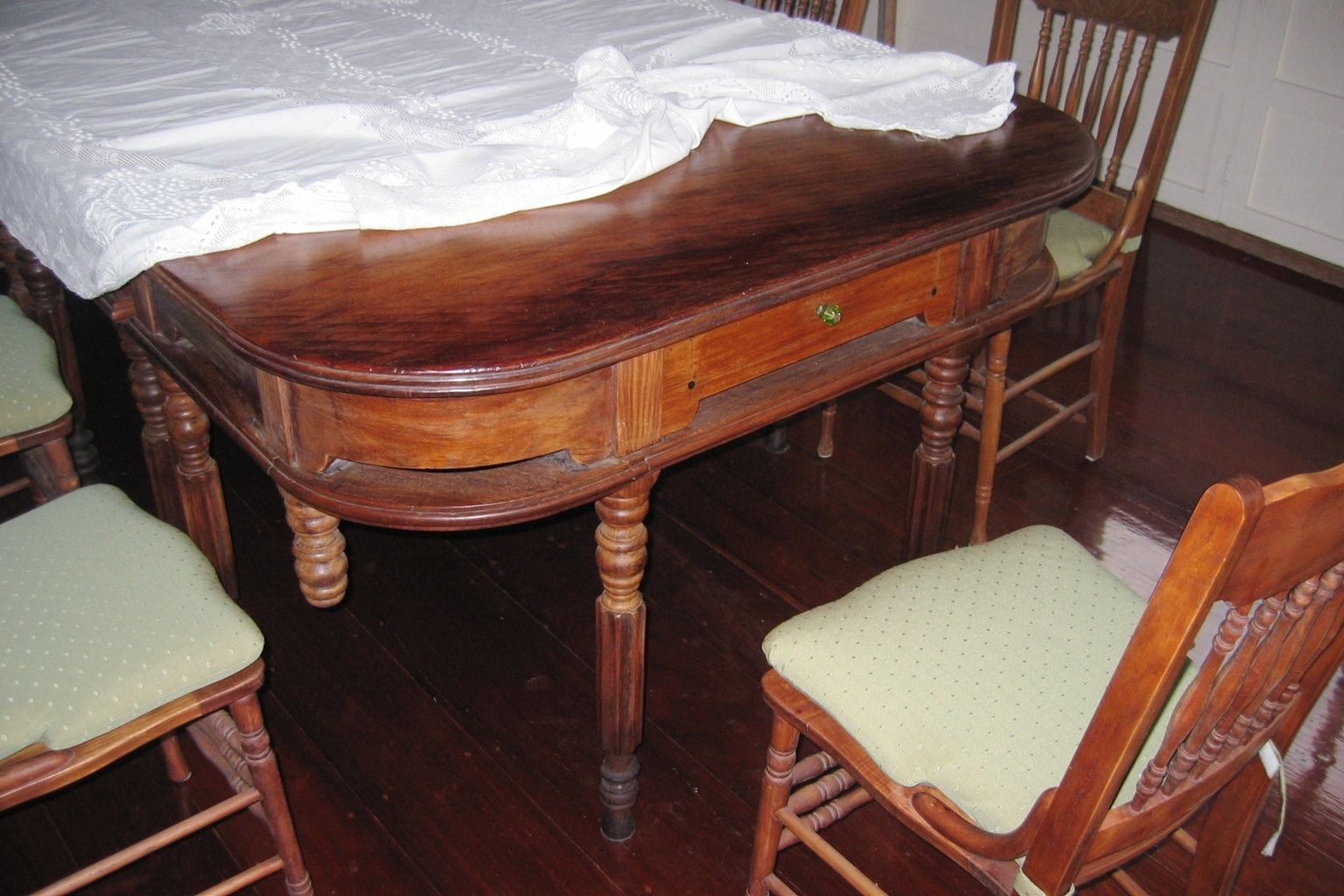
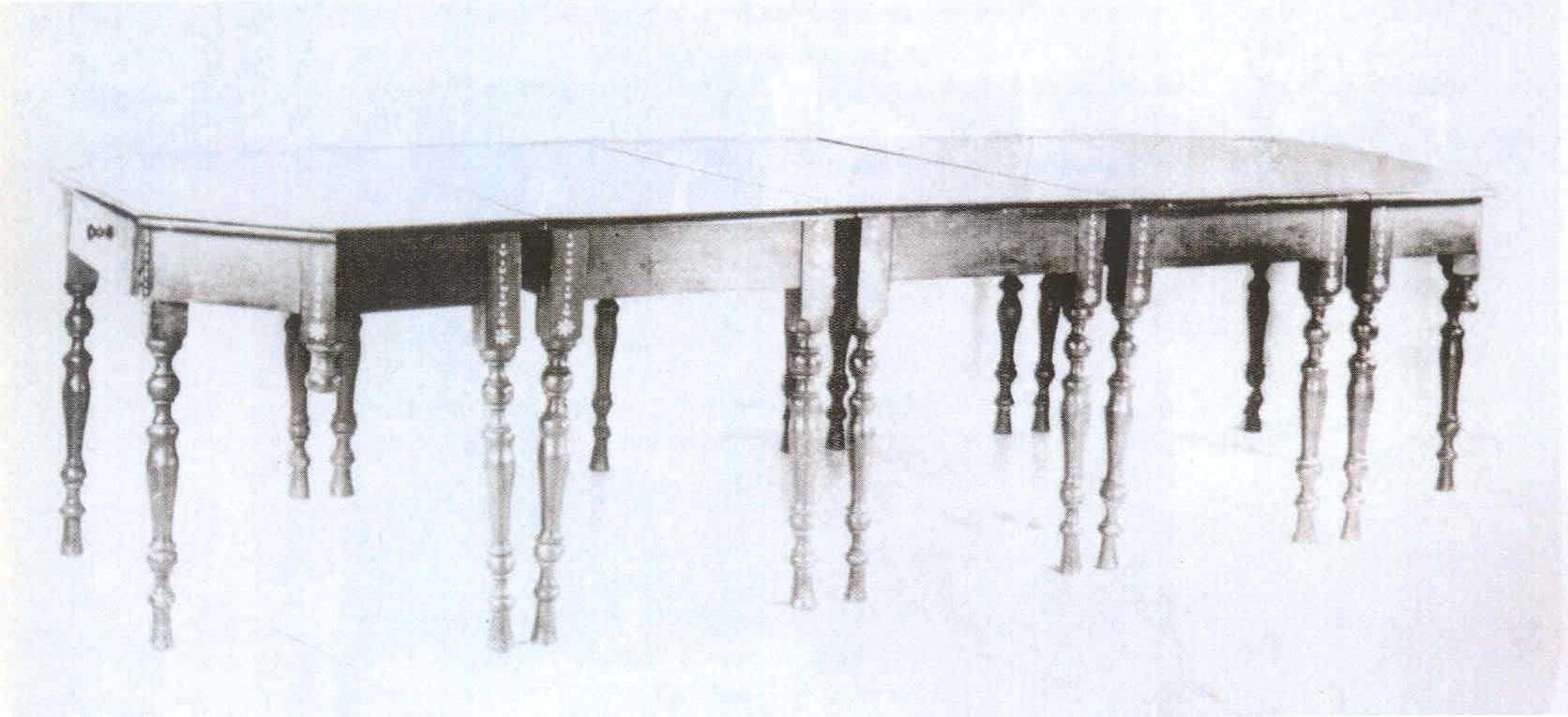
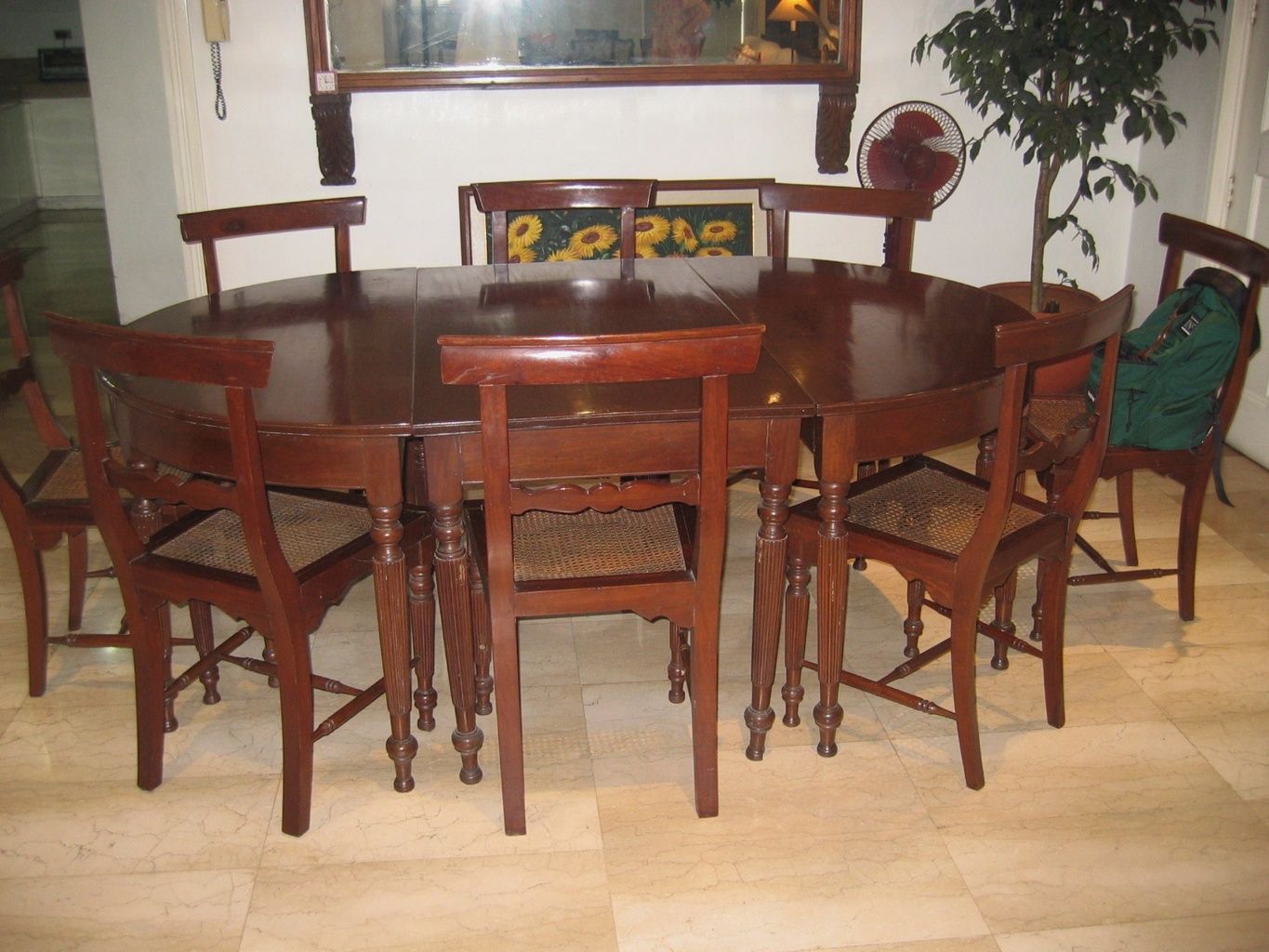
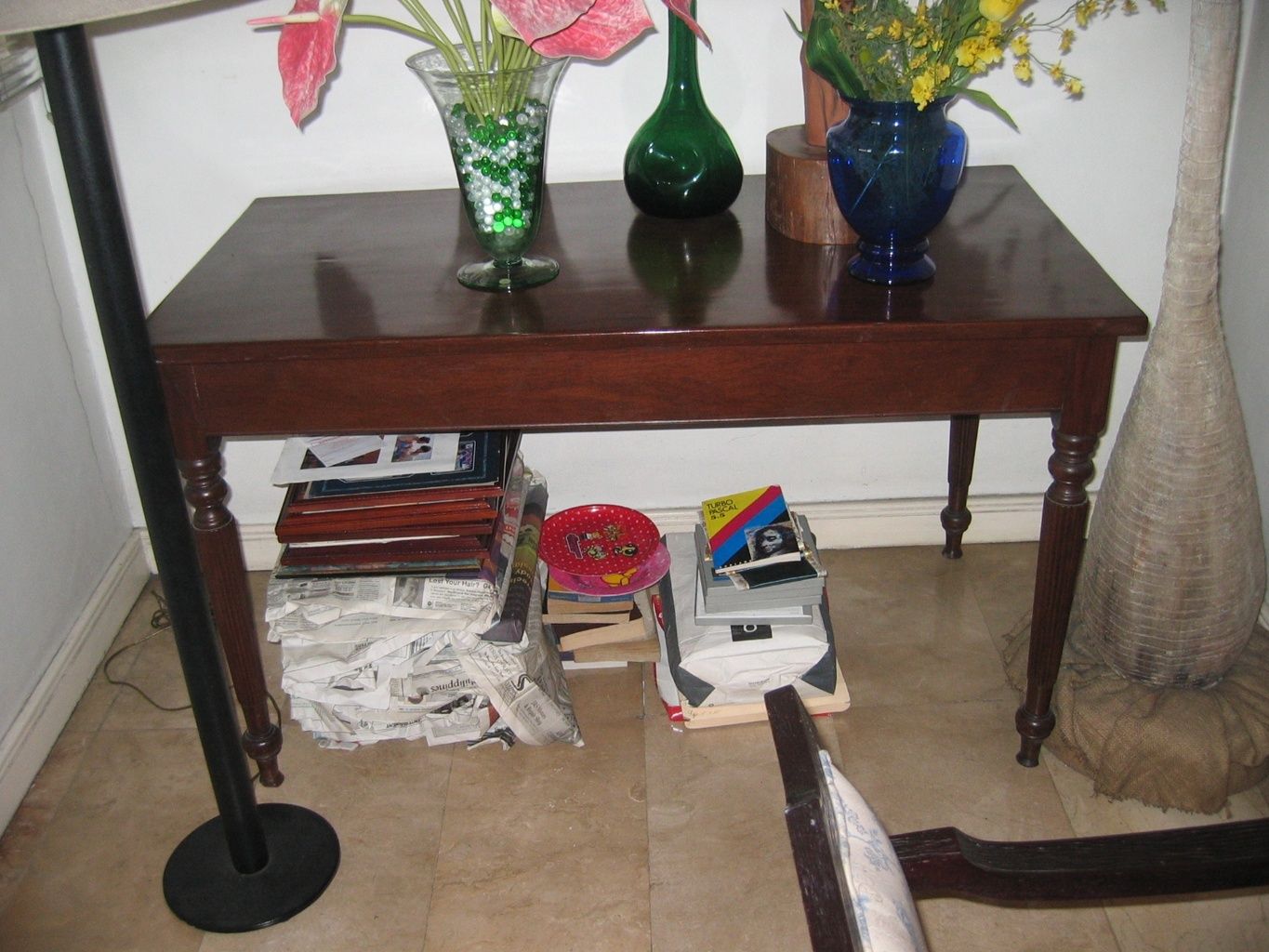
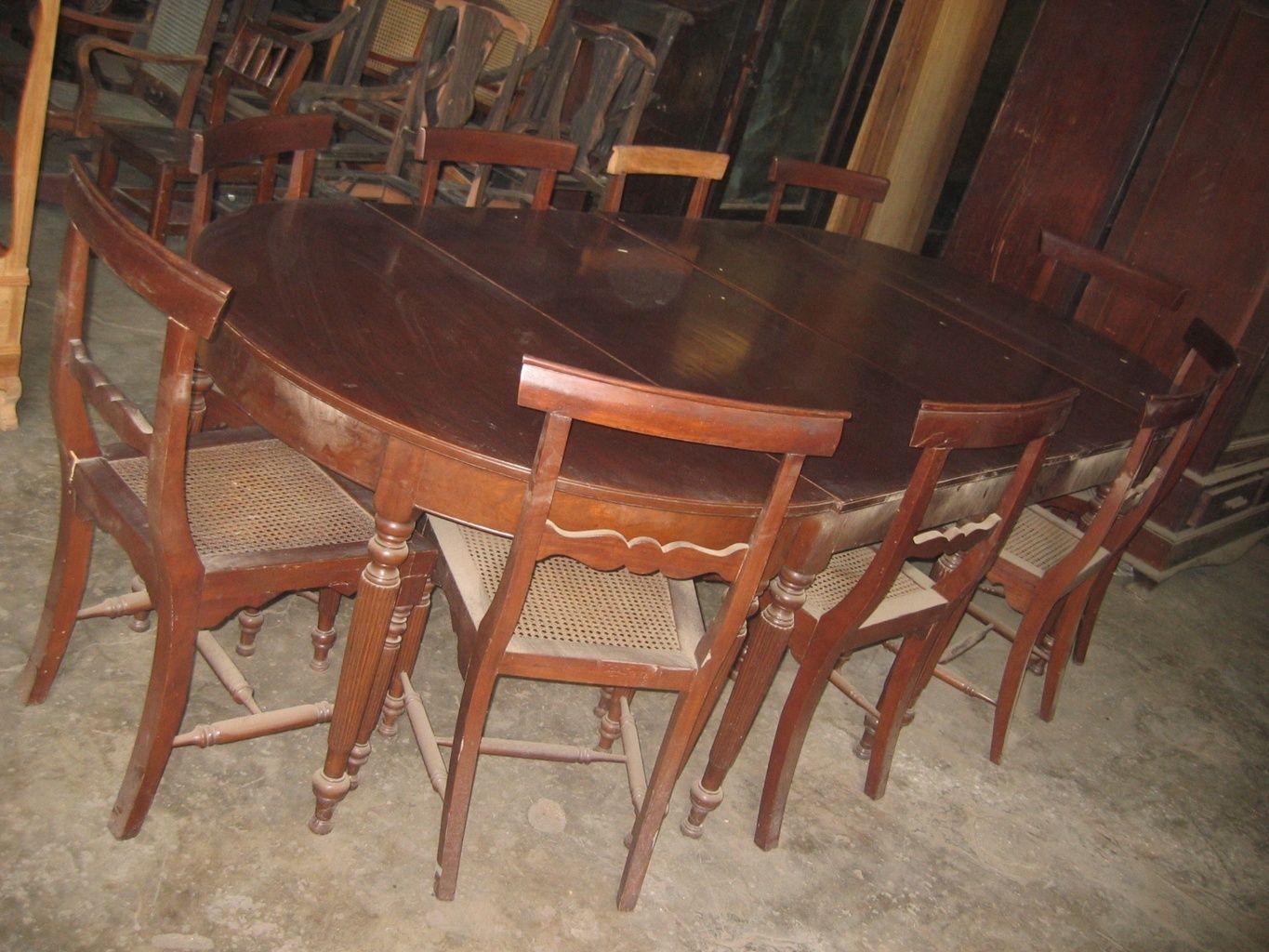
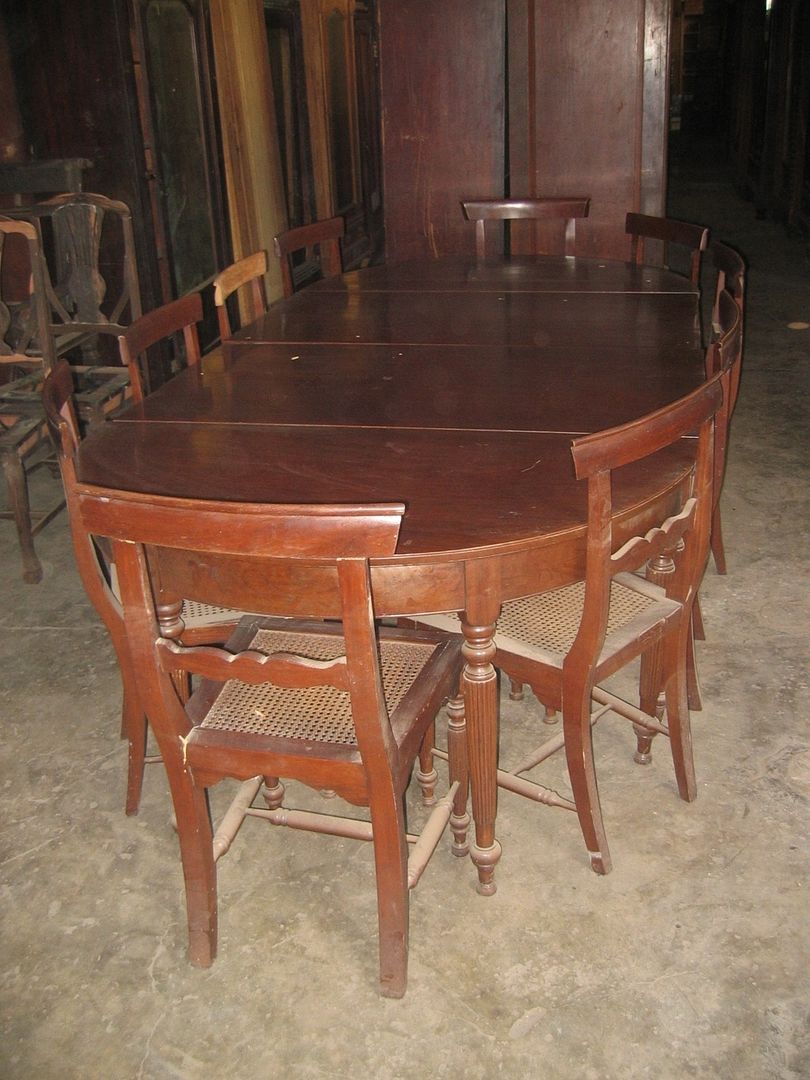
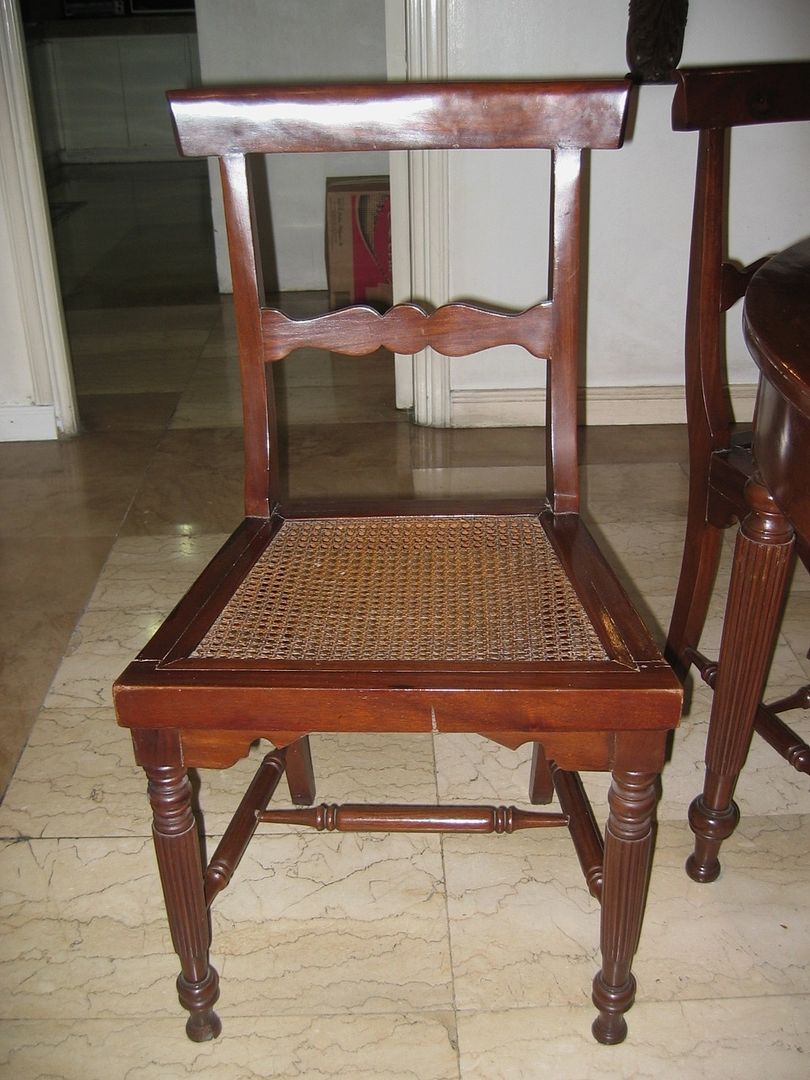
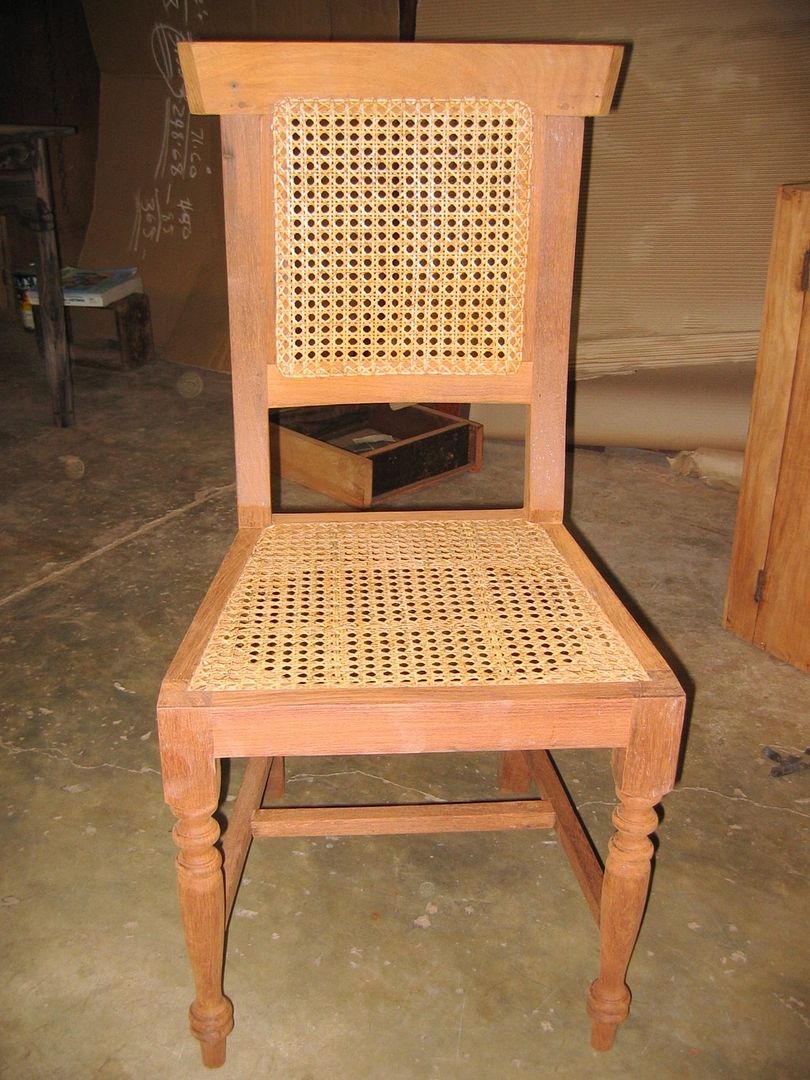
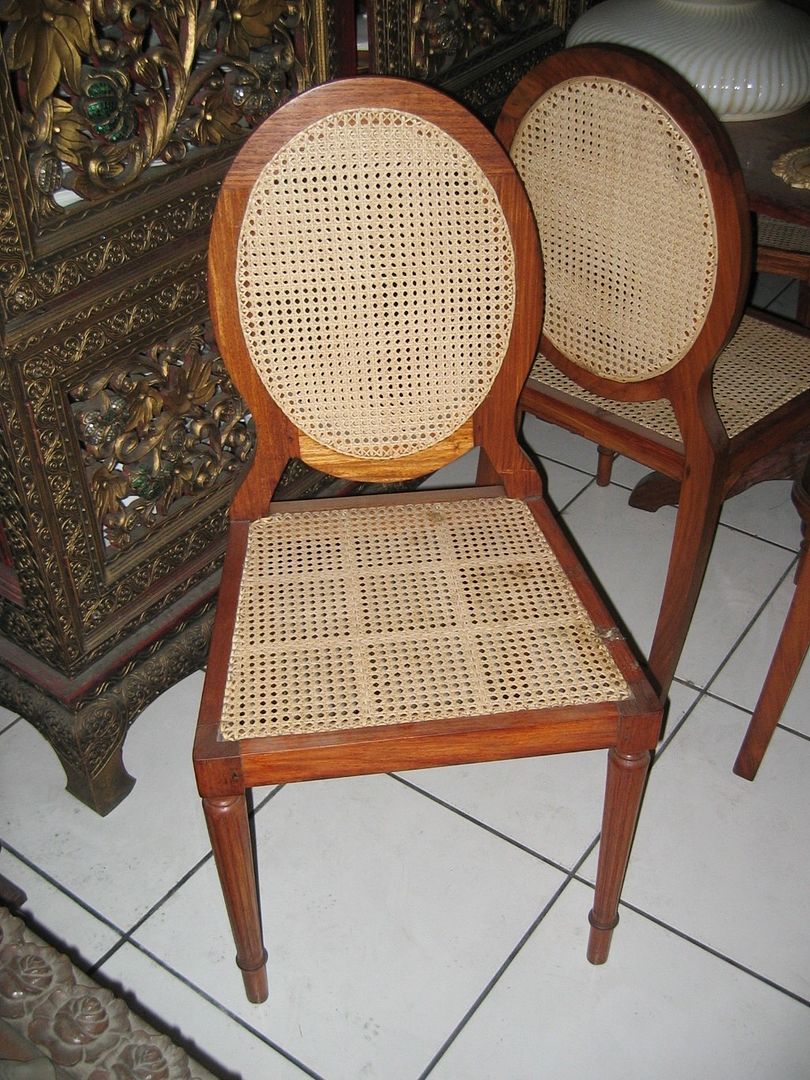

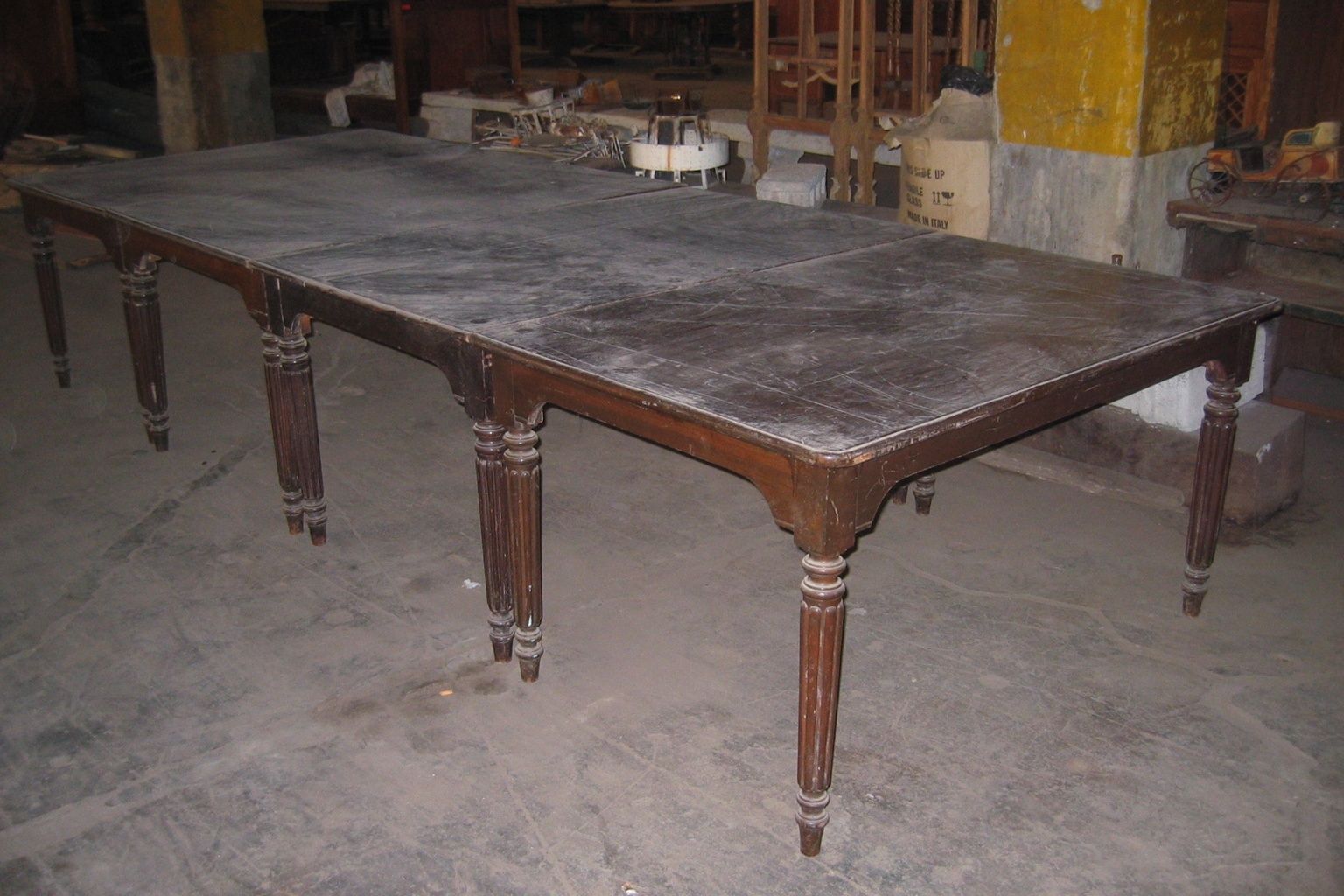
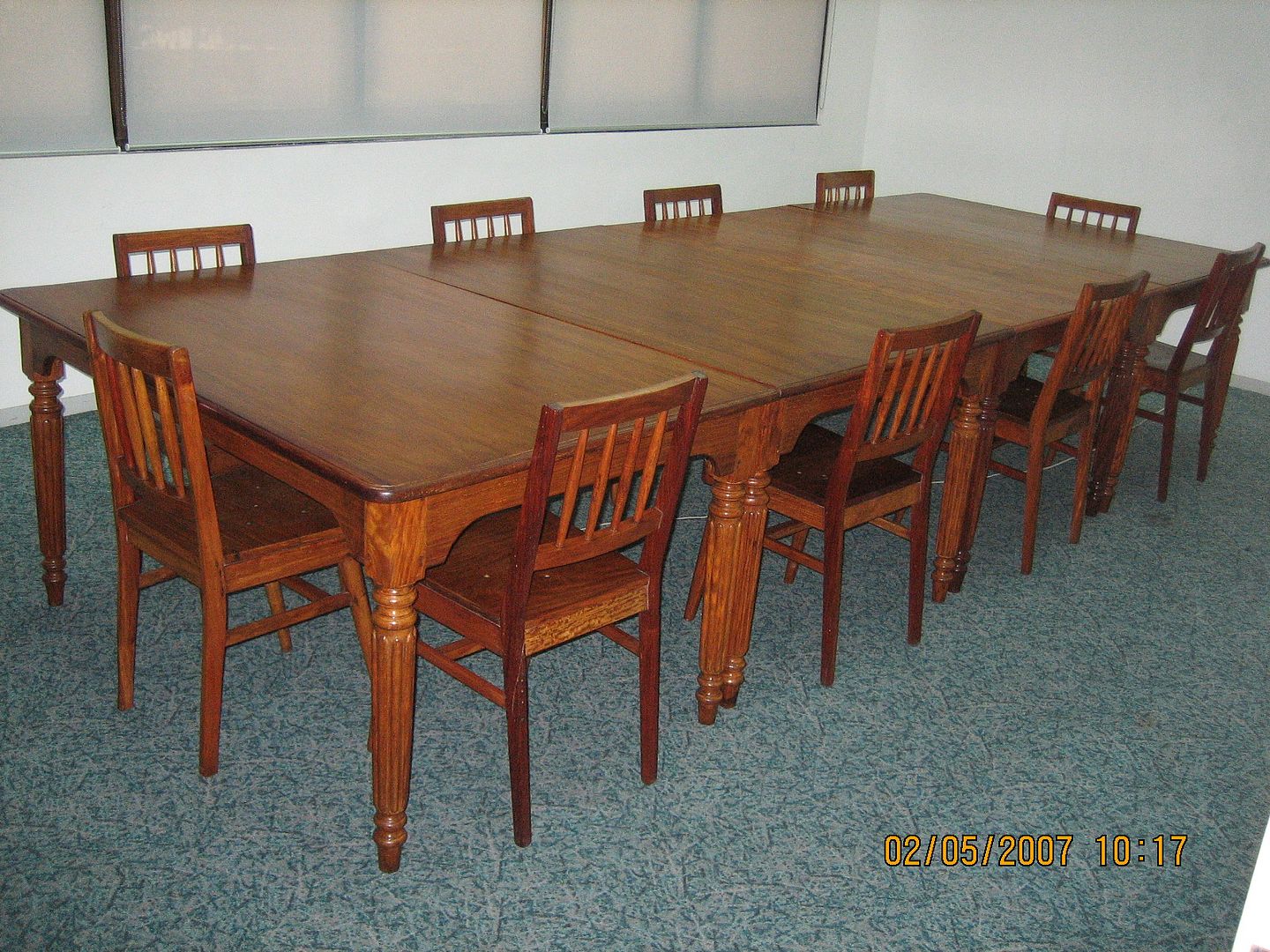
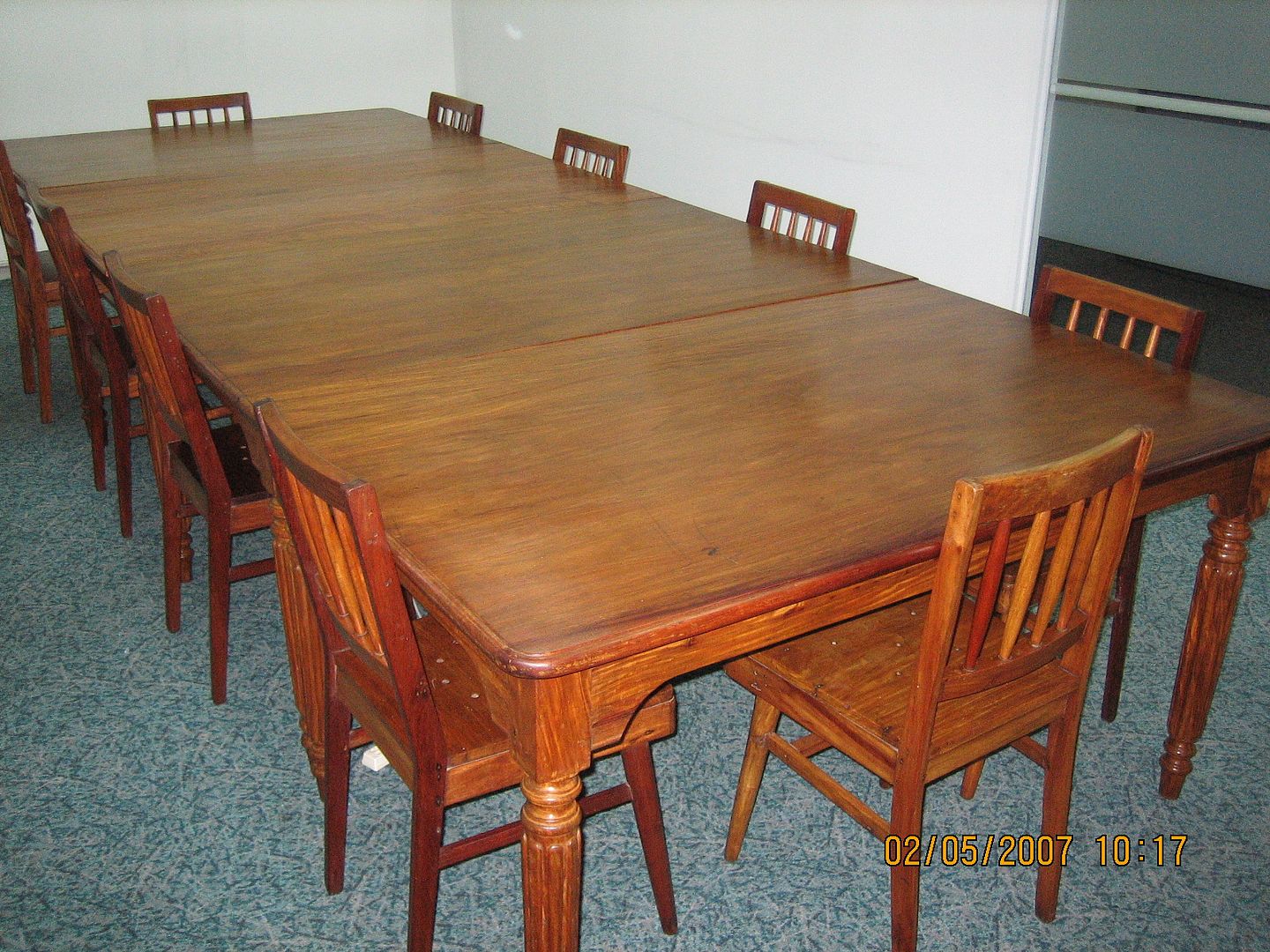

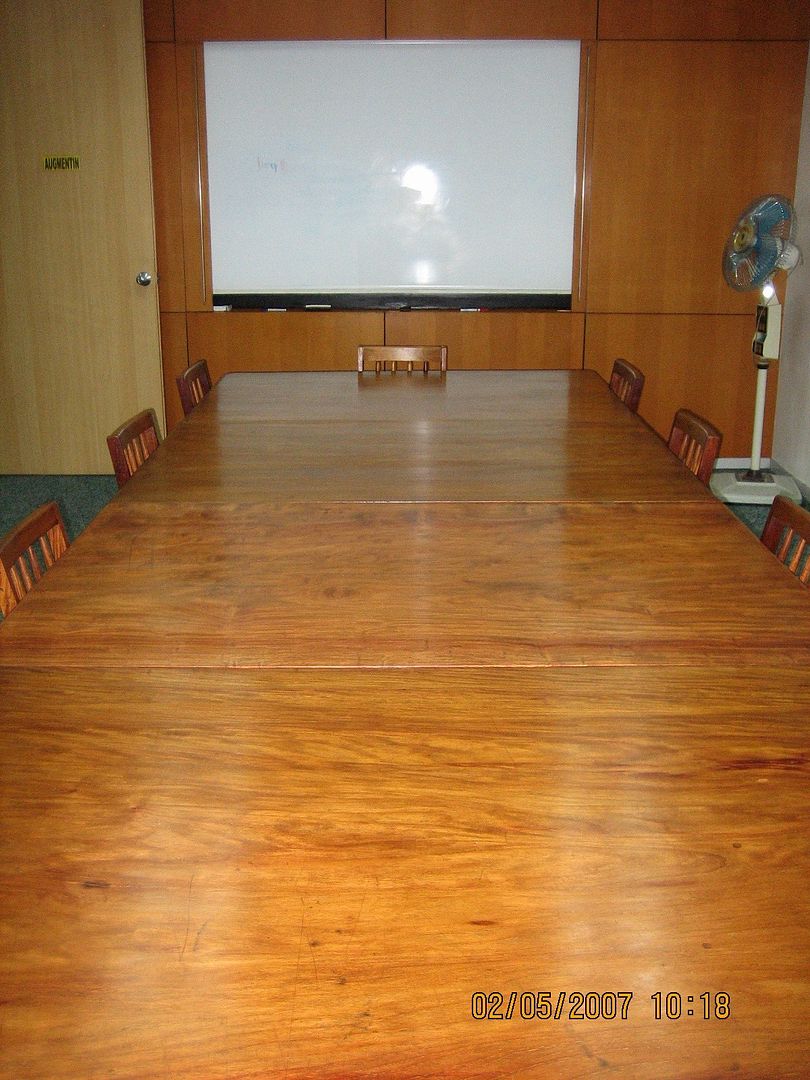



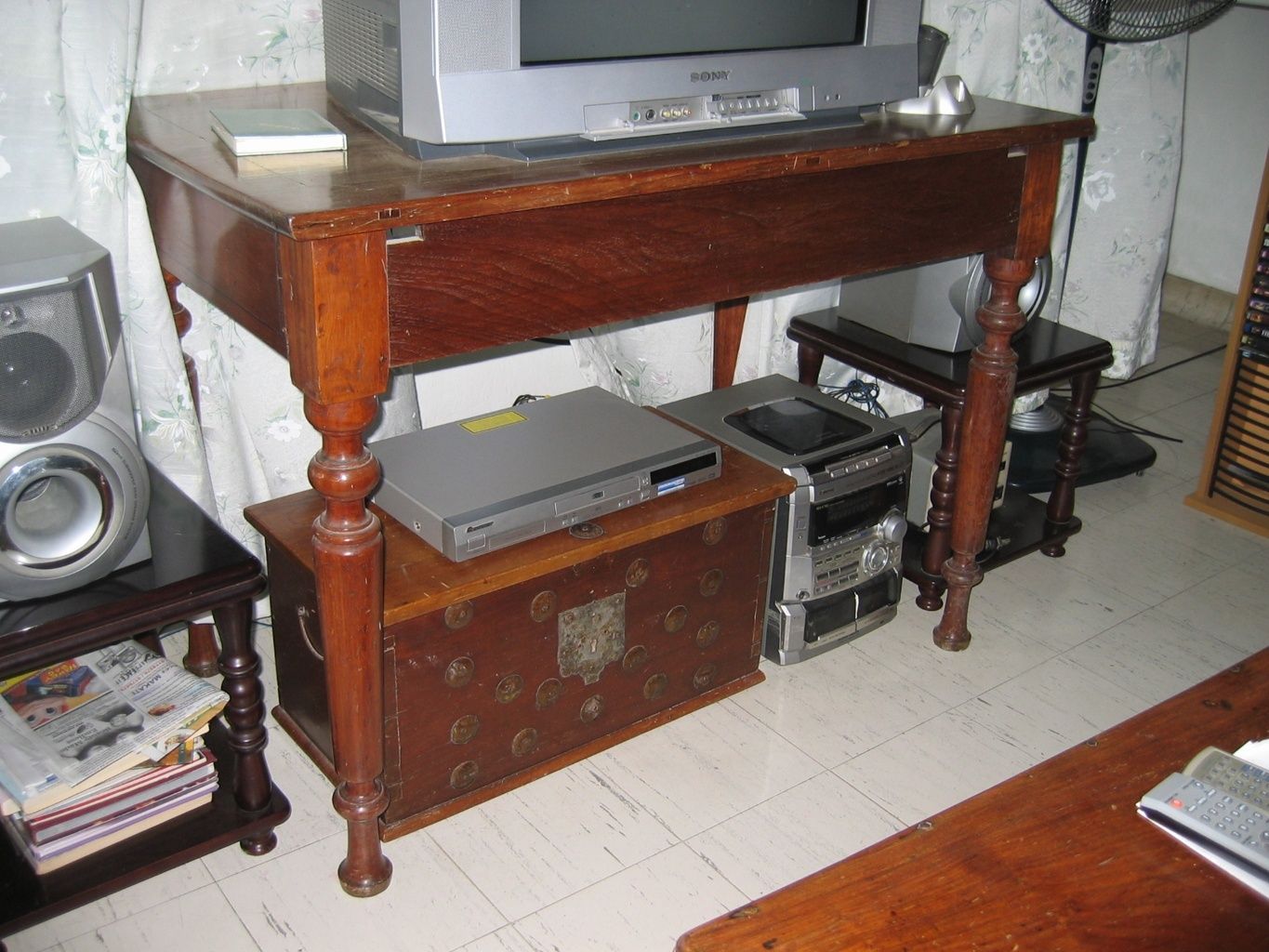


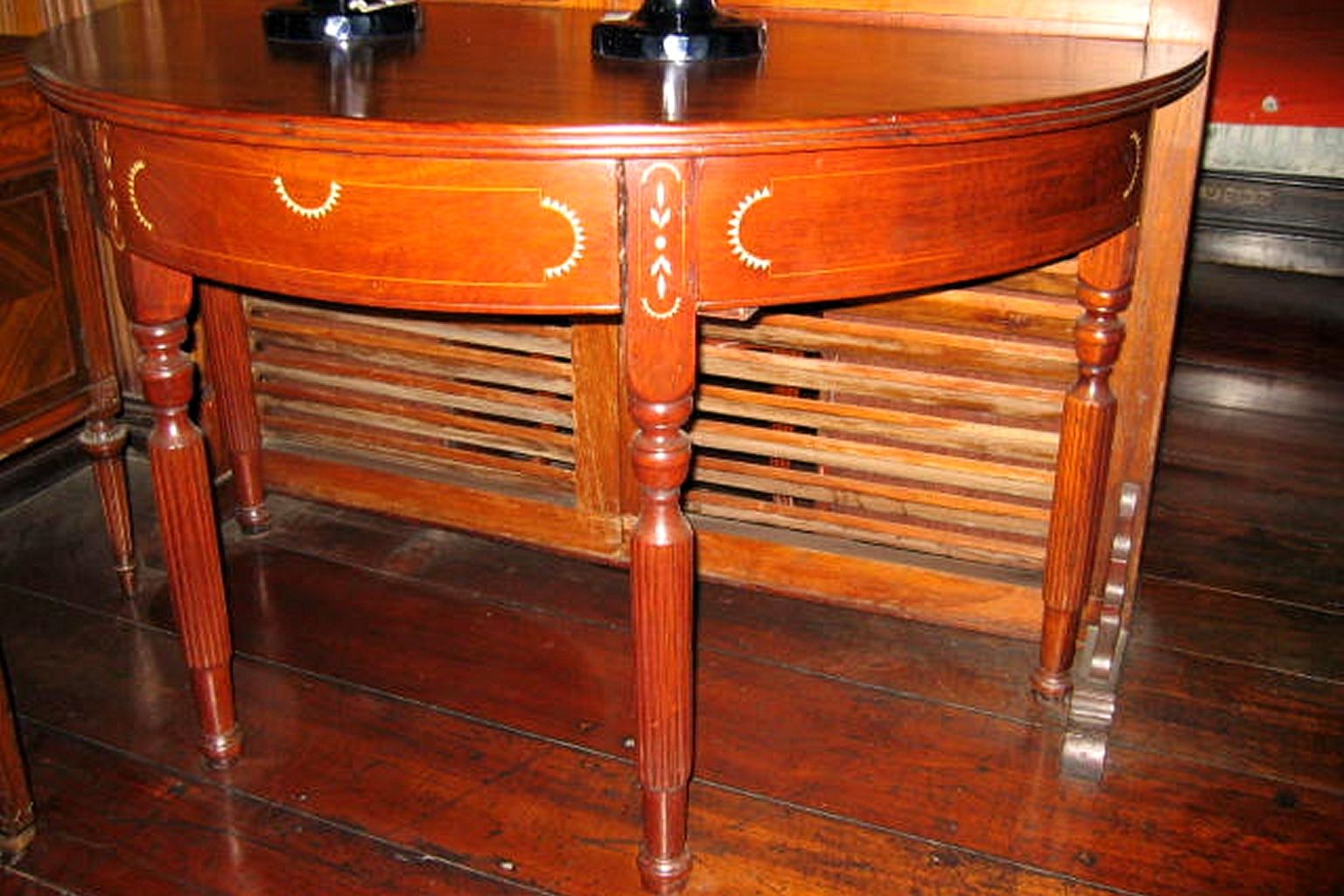

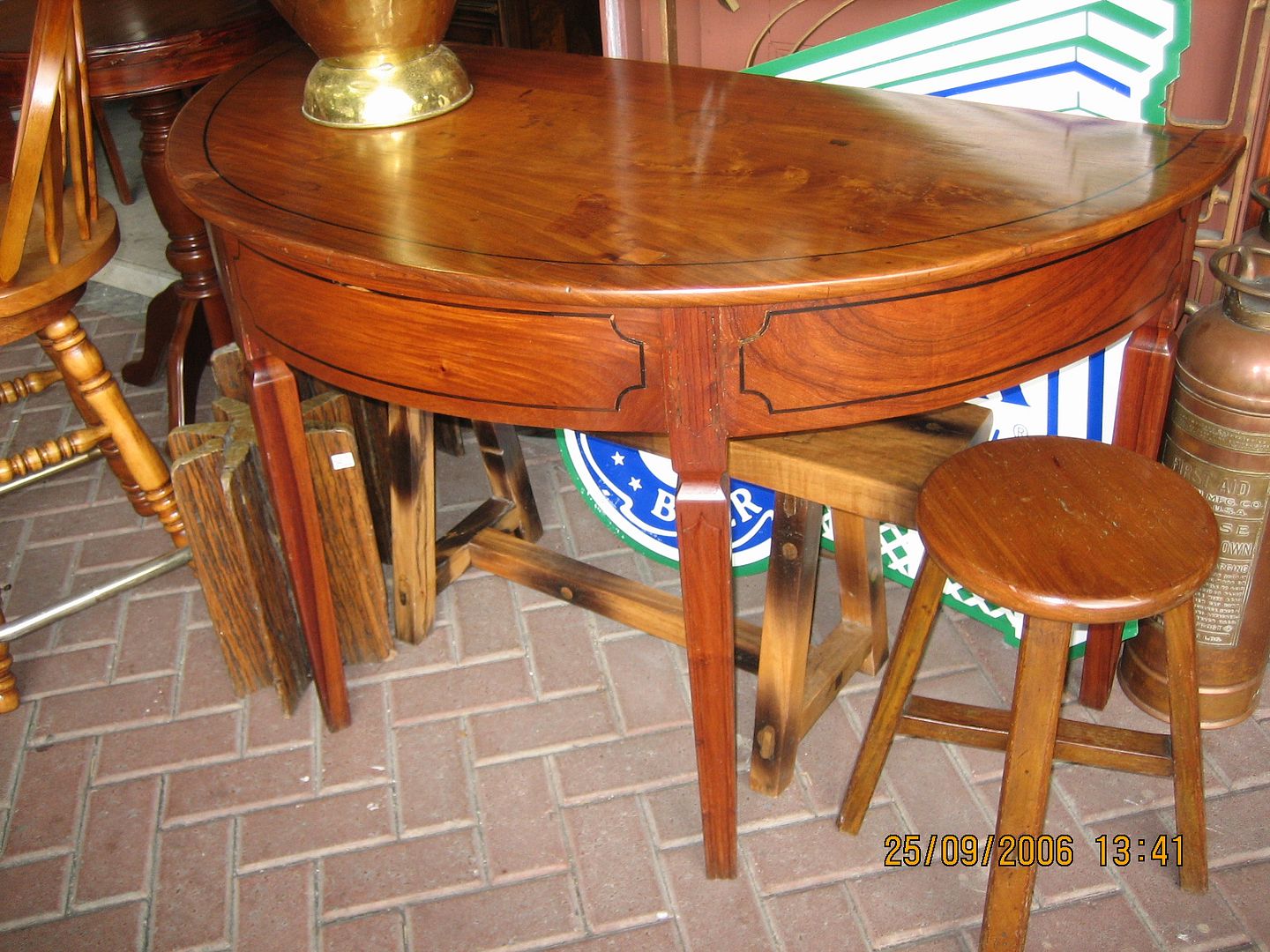




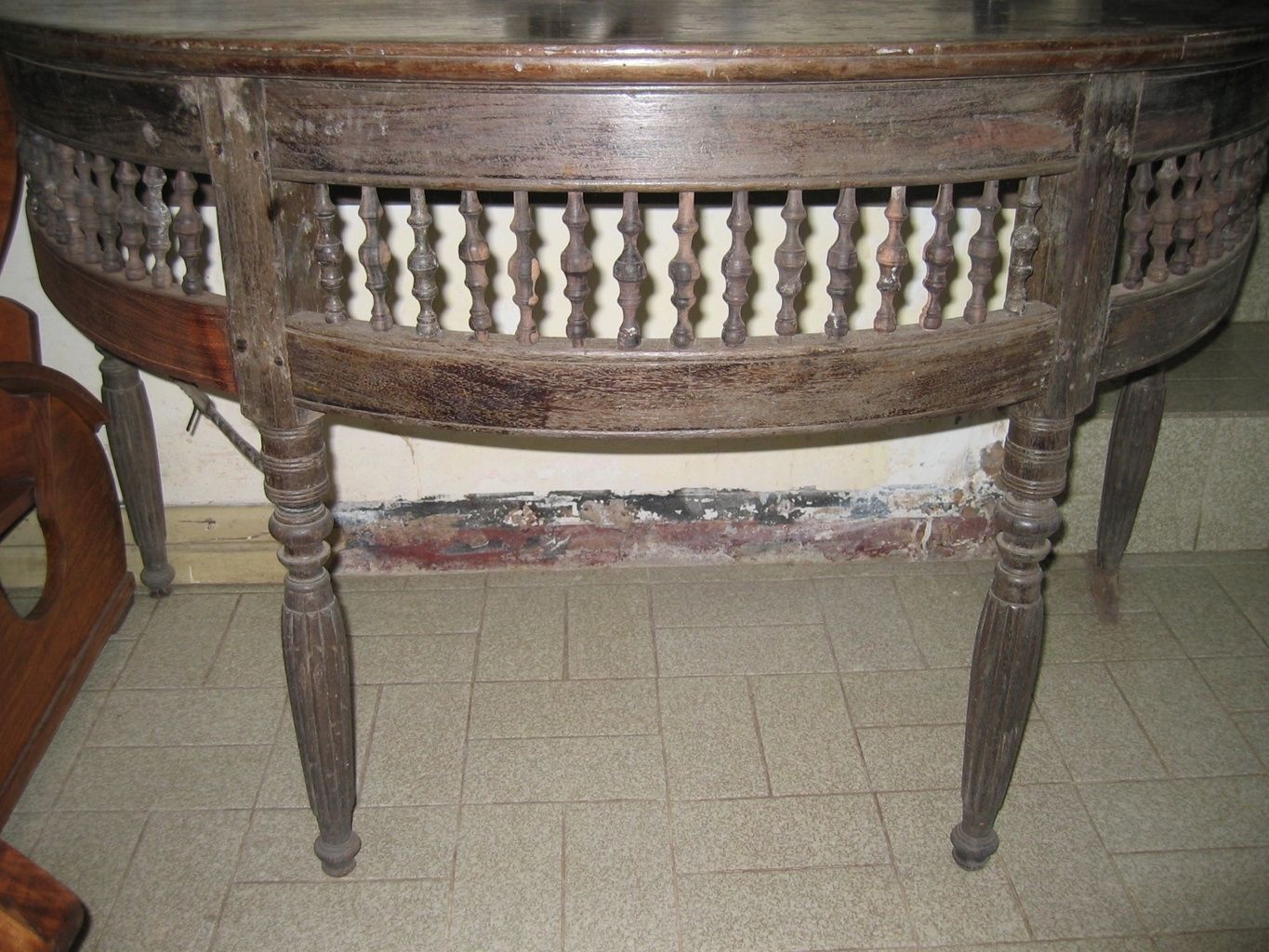
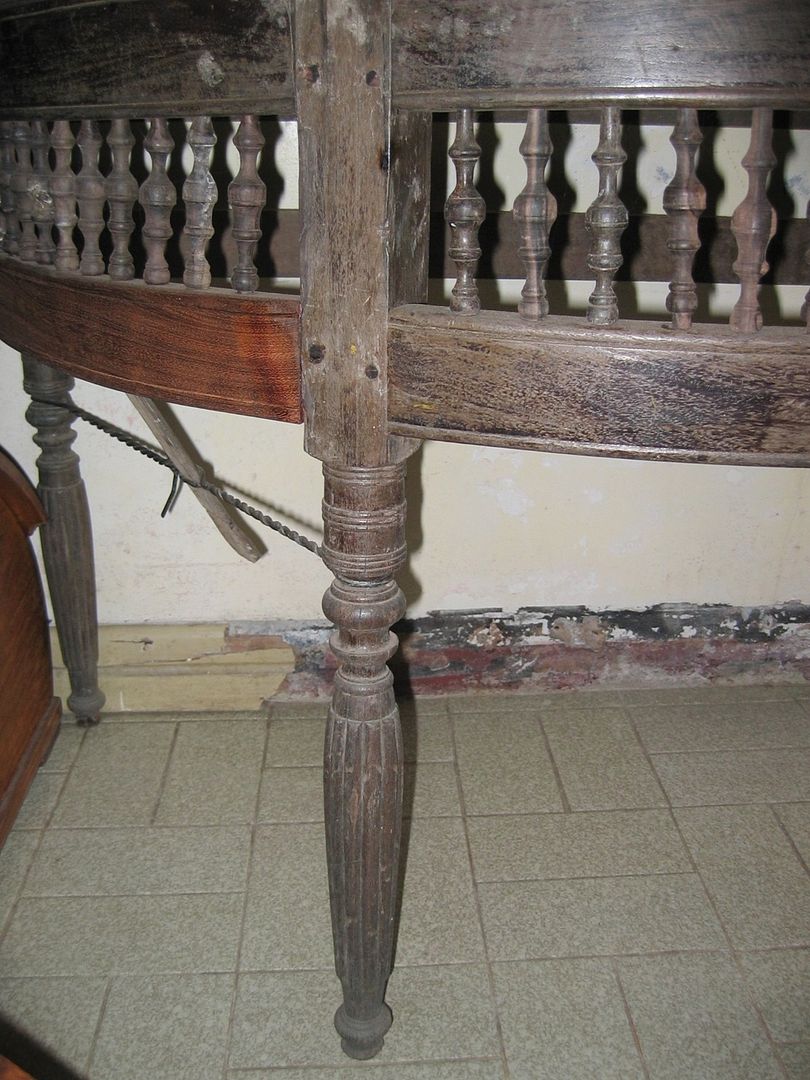
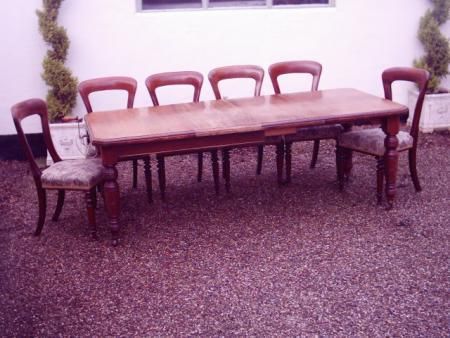
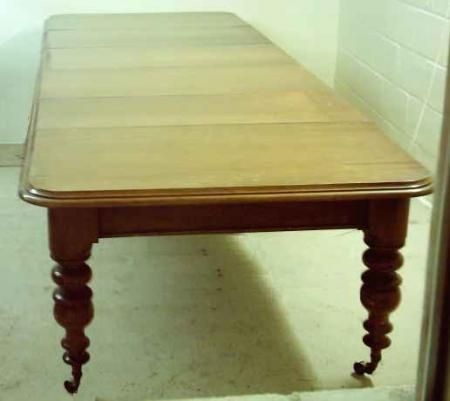



















No comments:
Post a Comment